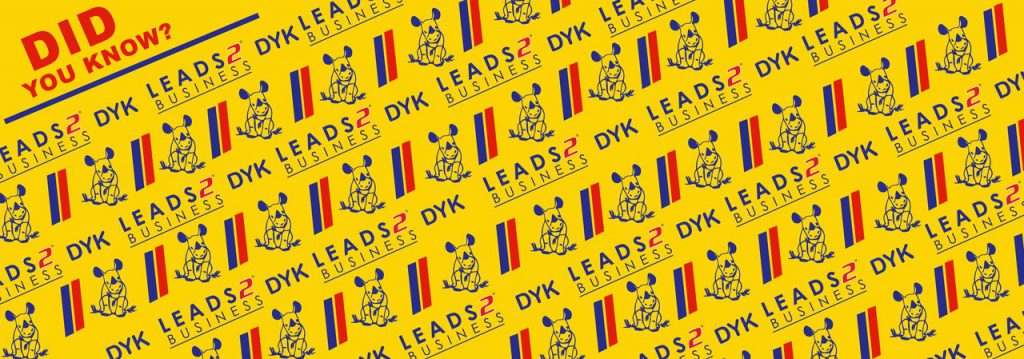How To Extinguish Different Kinds of Fire?

Did you know that in order for a fire to exist there must be four elements present? The four elements are namely oxygen to sustain combustion heat to raise the material to the correct temperature, fuel to support combustion and a chemical reaction – (Oxygen + Heat + Fuel) = Chemical reaction. This very simple formula will determine the extinguishing agent you need to be using in order to put out your fire.
How many people just run for water when there is a fire?
Unfortunately, it is not that simple!
Let me simplify the concept of fire and how we can extinguish these fires:
Types of fire:
Class A – Ordinary combustion, these are flammable materials and these fuels the source e.g. Wood, cloth, paper and even your basic day to day trash.
Class B – This fire source uses flammable liquids e.g. petroleum, different kind of tars, oils and even paint.
Class C – Energized electrical equipment/components e.g. Computers, servers, motors, transformers and our daily appliances.
Class D – Combustible metals e.g. magnesium, titanium, sodium, lithium and potassium – these are mainly present in a laboratory environment.
Class K – Cooking oils and greases – We all cook meals with either vegetable or animal fats and these are the components that can start this fire.
Now that we know about and understand the different classes of fire, let’s discuss our different options for extinguishing these fires.
The different types of fire extinguishers:
- Water – The water extinguisher has a cooling effect on the burning agent causing the fire to burn more slowly.
- Powder – Dry powder extinguishers smother the fire and form a barrier between the fuel and the oxygen that is allowing the fire to ignite.
- Foam – Foam extinguishers have a cooling effect on the burning agent, creating a barrier between the flame and the fuel that is causing the reaction.
- Carbon dioxide – CO2 Extinguishers suffocates the fire allowing it to kill off the oxygen that is reacting with our fuel source.
- Wet Chemical – Wet Chemical extinguishers work by creating a layer of foam that prevents the oxygen from fuelling the fire. It creates a cooling effect and kills the fire.
The last thing we will be discussing to solve all your fiery situations are which fire extinguisher types to use for the different classes of fire:
| Type | Class A | Class B | Class C | Class D | Class K |
| Combustible Materials | Flammable Liquids | Electrical Equipment | Combustible Metals | Cooking Oil & Gas | |
| Water | √ | x | x | x | x |
| Foam | √ | √ | x | x | x |
| Dry Powder | √ | √ | √ | √ | x |
| CO2 | x | √ | √ | x | x |
| Wet Chemical | √ | x | x | x | √ |
Sources
http://surreyfire.co.uk/types-of-fire-extinguisher/
http://www.strikefirstusa.com/2016/05/five-classes-of-fires-fire-extinguishers-stop-them/
http://www.femalifesafety.org/types-of-fires.html
If you are interested in becoming one of our subscribers, please visit our website.
To view notes with screenshots on how to use our website, please visit our Wiki site.
To view more articles, please visit our blog.
About Roxanne Mustard
My Name is Roxanne Mustard and I started working at Leads 2 Business in September 2016. My role in the Leads 2 Business team is as a Regional Content researcher in the Projects Department.








larry
thank you very much you help me
Roxanne Mustard
Thank you very much Larry. I am very glad you found this information helpful.